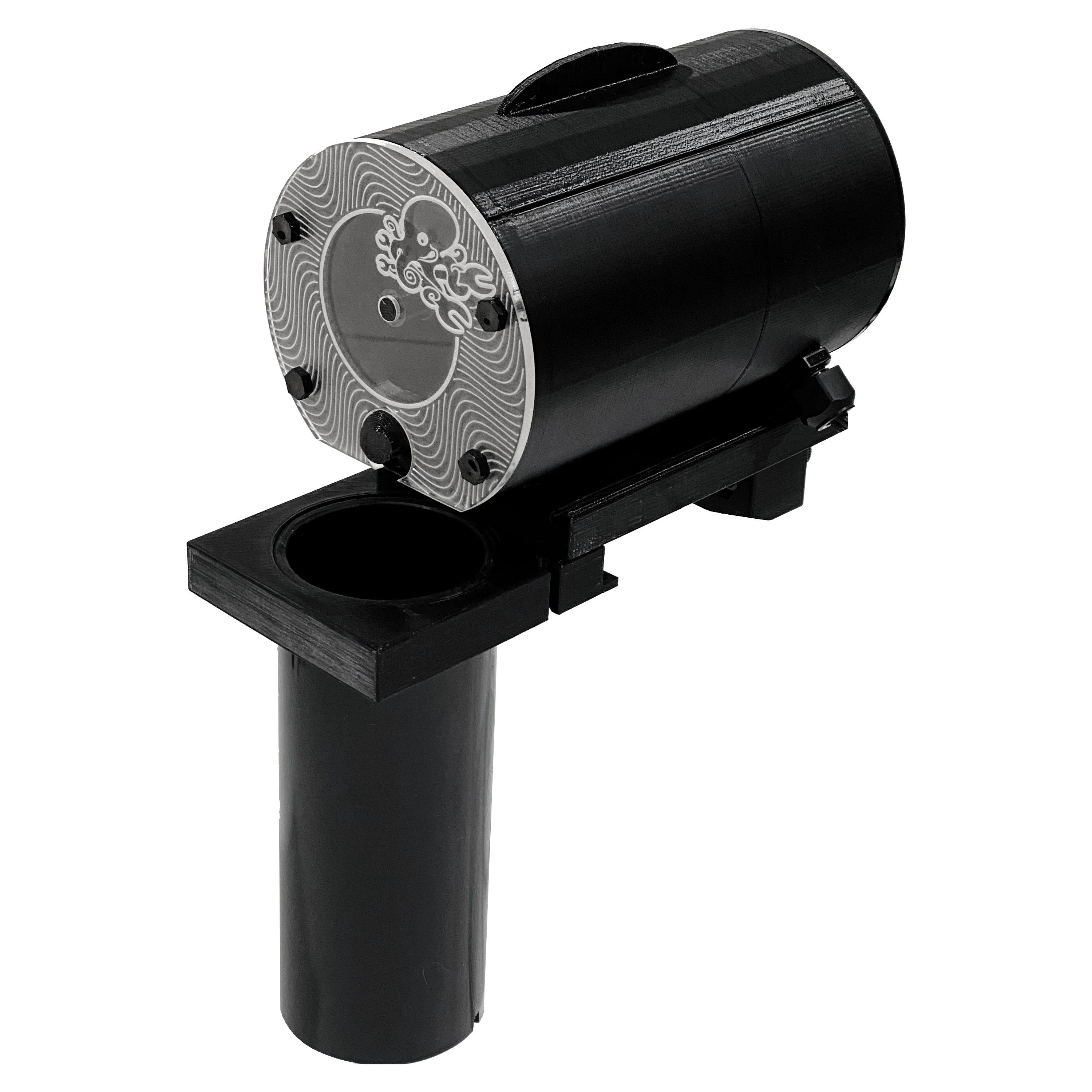I just got home from a great reefy day! I first visited forum member Joe Rice, who was kind enough to have me over to check out his system. Very nice! Thanks Joe, I learned a lot and you were very helpful.
Then I visited forum sponsor Dong of Acro Garden (@dz6t). Wow! I can't wait to add some of those corals to my tank.
It was really cool to learn from a scientist reefer like Dong. He explained a ton about reefing. And he has some strong (and compelling) opinions that go against some of the prevailing wisdom of reefer hobbyists. Now my head is spinning! Being a total newbie, my only knowledge is based on what I've read online, which isn't really knowledge at all. But now I'm deciding on how I want to use what I've learned from Dong to modify the design of the system I'm planning. Some of this will be controversial, but Dong gave me permission to post this. Dong - please correct me if I get any of this wrong (quite possible). And if anyone wants to debate any these points, bring it on! lol
* Dong recommends running a reef tank at 75 degrees, not the 78 that most people say. Better for coral growth and health. He can refer to evidence supporting this...
* He recommends against having filter socks (or roller mats, etc) - they remove too much beneficial stuff, like copepods.
* He also doesn't like refugiums. This was really interesting. He referred to a study that had a tank divided by a semi-permeable membrane. The membrane would allow dissolved compounds to pass through, but no organisms. There was chaeto growing in one half of the tank, and coral in the other half. The coral became "sick", because the chaeto was releasing compounds that fostered the growth of "bad bacteria" in the coral.
* So, just a protein skimmer, water changes, testing, and dosing. No more gadgets, keep it simple.
* He warned me that the long run I plan between my tank and sump will cause issues - eventually "gunk" will grow or accumulate in the lines and restrict them. Ugh. It is what it is, not something I can change. Or at least not willing to change. Not sure how I will deal with that, I guess we'll run a spare line or two, and monitor the flow rate in the return pump.
* He also had a lot to say about lights and brand recommendations for various reefing components, that I won't get into here.
Thanks Dong!
Then I visited forum sponsor Dong of Acro Garden (@dz6t). Wow! I can't wait to add some of those corals to my tank.
It was really cool to learn from a scientist reefer like Dong. He explained a ton about reefing. And he has some strong (and compelling) opinions that go against some of the prevailing wisdom of reefer hobbyists. Now my head is spinning! Being a total newbie, my only knowledge is based on what I've read online, which isn't really knowledge at all. But now I'm deciding on how I want to use what I've learned from Dong to modify the design of the system I'm planning. Some of this will be controversial, but Dong gave me permission to post this. Dong - please correct me if I get any of this wrong (quite possible). And if anyone wants to debate any these points, bring it on! lol
* Dong recommends running a reef tank at 75 degrees, not the 78 that most people say. Better for coral growth and health. He can refer to evidence supporting this...
* He recommends against having filter socks (or roller mats, etc) - they remove too much beneficial stuff, like copepods.
* He also doesn't like refugiums. This was really interesting. He referred to a study that had a tank divided by a semi-permeable membrane. The membrane would allow dissolved compounds to pass through, but no organisms. There was chaeto growing in one half of the tank, and coral in the other half. The coral became "sick", because the chaeto was releasing compounds that fostered the growth of "bad bacteria" in the coral.
* So, just a protein skimmer, water changes, testing, and dosing. No more gadgets, keep it simple.
* He warned me that the long run I plan between my tank and sump will cause issues - eventually "gunk" will grow or accumulate in the lines and restrict them. Ugh. It is what it is, not something I can change. Or at least not willing to change. Not sure how I will deal with that, I guess we'll run a spare line or two, and monitor the flow rate in the return pump.
* He also had a lot to say about lights and brand recommendations for various reefing components, that I won't get into here.
Thanks Dong!


